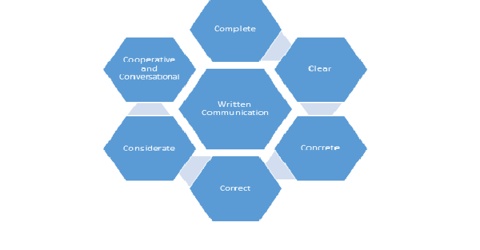Disadvantages of Written Communication in Organization
Although written communication is widely used and has some advantages over the other forms of communication, it is not defect free. This type of communication suffers from the following limitations:
Time consuming: Drafting, editing and writing the message of writing communication is time-consuming. Therefore, when information reaches the receiver, it may loss its utility or usefulness.
Slow in nature: Written message suffers from slowness at every stage of Communication process. It requires preparation, drafting, making corrections and complying with the formality in transmitting the message. All these steps consume time that delays the communication process.
Absence of immediate feedback: In written communication, the sender cannot get instant feedback or reaction of the receiver about the message transmitted drafted to him.
Loss of confidentiality: When message is written, its confidentiality may be lost to some extent.
Chances of misunderstanding: Written communication only reduces the chances of misunderstanding and confusion but cannot eliminate. Misunderstanding and confusion may arise due to poor expression of message by ineffective writers. Moreover, written message usually creates misunderstanding in cross-cultural communication.
Costly: Written communication is expensive in nature. It requires papers, pens, printing devices, and composers etc. that require costs.
Red tapism: Written messages suffer from the effect of red- tapism. A written message reaches to its ultimate destination by traveling verious levels of the organization structure. Consequently, decision making becomes delayed.
Unsuitable for illiterate people: Written communication is not suitable for illiterate people. They can neither write nor read a message.















